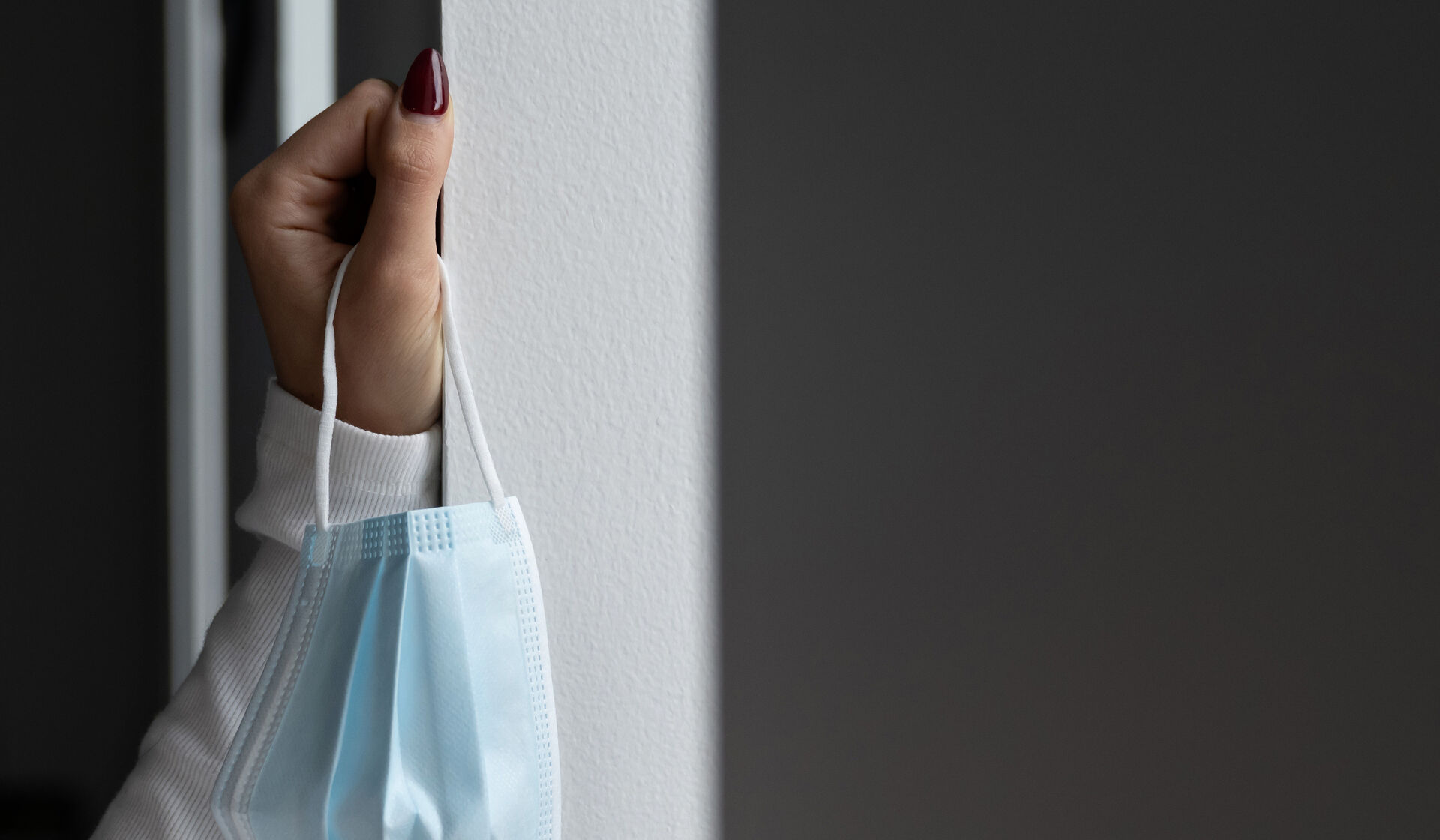On a late-February evening in the Moore Building on U-M’s North Campus, a group of 26 music students rehearsed “On a Hymnsong of Philip Bliss” by David Holsinger. To the unenlightened ear, it was lovely and so well played that it was difficult to believe the group was coming together for the first time.

U-M Professor Courtney Snyder, AMusD’09, provided some initial instruction before Dustin Barr, AMusD’15, an assistant conductor at Michigan State University, stepped into the room. A wide black band encircling Barr’s head set off some quickly suppressed chuckles, but the sheepish expression disappeared from his face as he ascended the rostrum to take his turn conducting.
Within moments, a team of researchers from the Michigan Performance Research (MiPR) Lab started tracking data collected from multiple sensors they had placed on Barr’s body, including the one strapped around his head. The rehearsal wasn’t in preparation for an upcoming performance. Instead, it was part of Snyder’s preliminary study to determine how varying styles of conducting — inherently a very physical activity — influence the sound quality produced by the musicians.
The project is just one that the MiPR Lab conducts, looking from a biomechanics perspective at how the human body performs. While its work includes such nonathletic research as that at the music school, the lab was launched four years ago in the School of Kinesiology with the mission to maximize athletic performance and reduce injury.
“We’re one of very few labs that are uniquely situated to work with Division I athletes and a tremendous athletics program,” said Jessica Deneweth, MS’10, MSE’12, PhD’13, director of the lab. “And then to be at such a strong academic institution and have strong health sciences and engineering and medicine — and actually be in a situation where we all talk to each other — is really nice.”
The interdisciplinary research involves undergraduates, graduate students, and post-doctoral fellows collaborating to study the complex machine that is the human body. “No one’s an expert in everything, so we have our areas in strengths, and then we try to surround ourselves with other people who have different strengths,” said Deneweth. “And that’s why everything we do is a collaboration.” Much of this collaboration takes place in a former racquetball court deep in the bowels of the Central Campus Recreation Building.
One current project at CCRB evaluates the mechanics of running, aiming to determine how runners at different levels of experience adapt to changes in the conditions around them. Researchers apply sensors to subjects’ thighs, calves, neck, and other body parts, and collect data as they run for 45 minutes on a research-grade treadmill. “The more you can easily return to your preferred patterns of running, the more efficient you’ll be,” said post-doc Cristine Agresta, ’02. Moving outside of preferred running patterns can stress the body and result in injury, she added. “This would help start identifying why runners get injured or why some people perform better than others, because there haven’t been a consistent group of factors that really help us predict injury.”

The MiPR Lab also works with Adidas to test various types of athletic clothing and shoes. One study, using U-M football players, determined how the stiffness of a shoe’s plate and its cleat pattern affect the speed at which athletes can perform drills. Adidas also markets a compression suit, developed in collaboration with the lab, that helps high-performance athletes be more aware of their body positioning, making non-contact injuries less likely.
This isn’t the only research that has real-world applications. The MiPR Lab has partnered with clinicians at the U-M Health System to study how the sleep patterns and daily activity levels of patients with cirrhosis of the liver affect their overall health. The clinicians will apply the research in their practice by developing a program to help prevent the need for liver replacement. In another study, the lab is working to develop running guidelines for pregnant and post-partum women.
By moving outside the lab and onto the football field, into the clinician’s office, and into the music school rehearsal room, the MiPR Lab learns real-world issues. “We can easily get isolated in our ivory tower and think we know what’s going on,” said Deneweth. “So that’s how we all stay grounded and see what’s really going on, what the community needs.”
Sharon Morioka, ’84, MA’86, is the editor of Michigan Alumnus.





